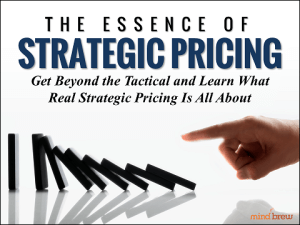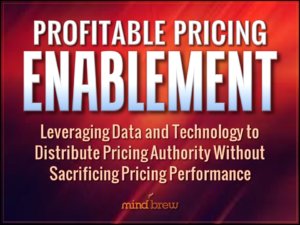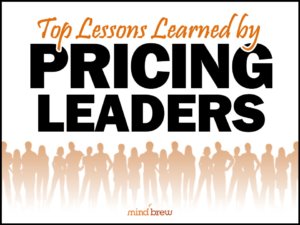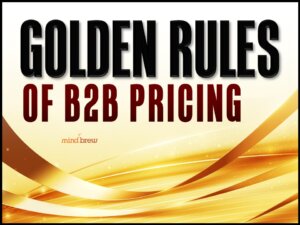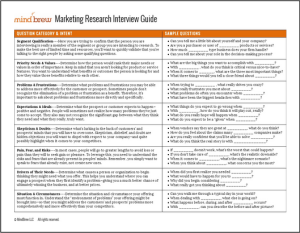No doubt, some will have read the title of this article as being more along the lines of, “When the @#$%&! will Sales finally start making good pricing decisions!!” And believe me, I completely understand the sentiment. Been there; yelled that.
But…if you ask this question sincerely, the answers are surprisingly helpful…
In the Profitable Pricing Enablement webinar, we highlight the conclusions that some leading teams have drawn about the conditions under which salespeople will make good pricing decisions, naturally and as a matter of course. These teams have concluded that most salespeople will make good decisions by default when:
- They have the relevant information, when and where they need it.
- They have the necessary knowledge and skill to use that information.
- They have more to gain from a “good” decision than from a “bad” one.
Taking these insights to heart, you have the makings of an effective framework or platform for enabling better pricing decisions across your entire sales operation. By delivering on each plank in this platform, you’re creating a situation where your salespeople really can’t help making good pricing decisions.
To deliver on the first plank, you’ll focus on things like providing pricing guidance that is very specific to the deal at-hand. After all, that’s what’s most relevant to a salesperson when they’re working a deal, right? And you’ll try to inject this deal-specific guidance right into the salesperson’s existing processes—so it’s there when they need it, they don’t have to go looking for it, and they can’t ignore it.
Of course, putting the right information “in their face” won’t do much good if the salespeople have no clue how to use it effectively.
So for the next plank, you’ll focus on training. Certainly, you’ll teach them about the pricing guidance they’re seeing in their sales processes— the ceiling-target-floor price bands, the similar-deal scatterplots, etc. But you’ll also want to go beyond the guidance itself to ensure that your salespeople have enough negotiation training and skill to actually capture what’s being recommended, rather than fold at the first sign of pushback.
And finally, you’ll want to recognize that a salesperson’s incentives, rewards, and recognitions are very often skewed toward making “bad” pricing decisions.
If the sales team’s financial incentives are all around revenue, is it any surprise that margins are rarely considered and discounts are passed out like candy? If all the praise at quarter-end is heaped on the salesperson who closed that “monster deal”…while discounting away 95% of the profit contribution…doesn’t that speak volumes about what constitutes a “good” decision as far as management is concerned?
The underlying insight here is that salespeople are generally making “good” decisions as defined by their incentives, rewards, and recognitions. So you’ll have to take steps to ensure that a “good” decision in the context of a salesperson’s paycheck and self-image also happens to be a “good” pricing decision.
While this framework or platform is fairly intuitive and seemingly simplistic, it represents the essence of strategic pricing—because if you’re delivering on each of the planks, you will definitely be “proactively creating the conditions under which better pricing outcomes are the natural result.”

